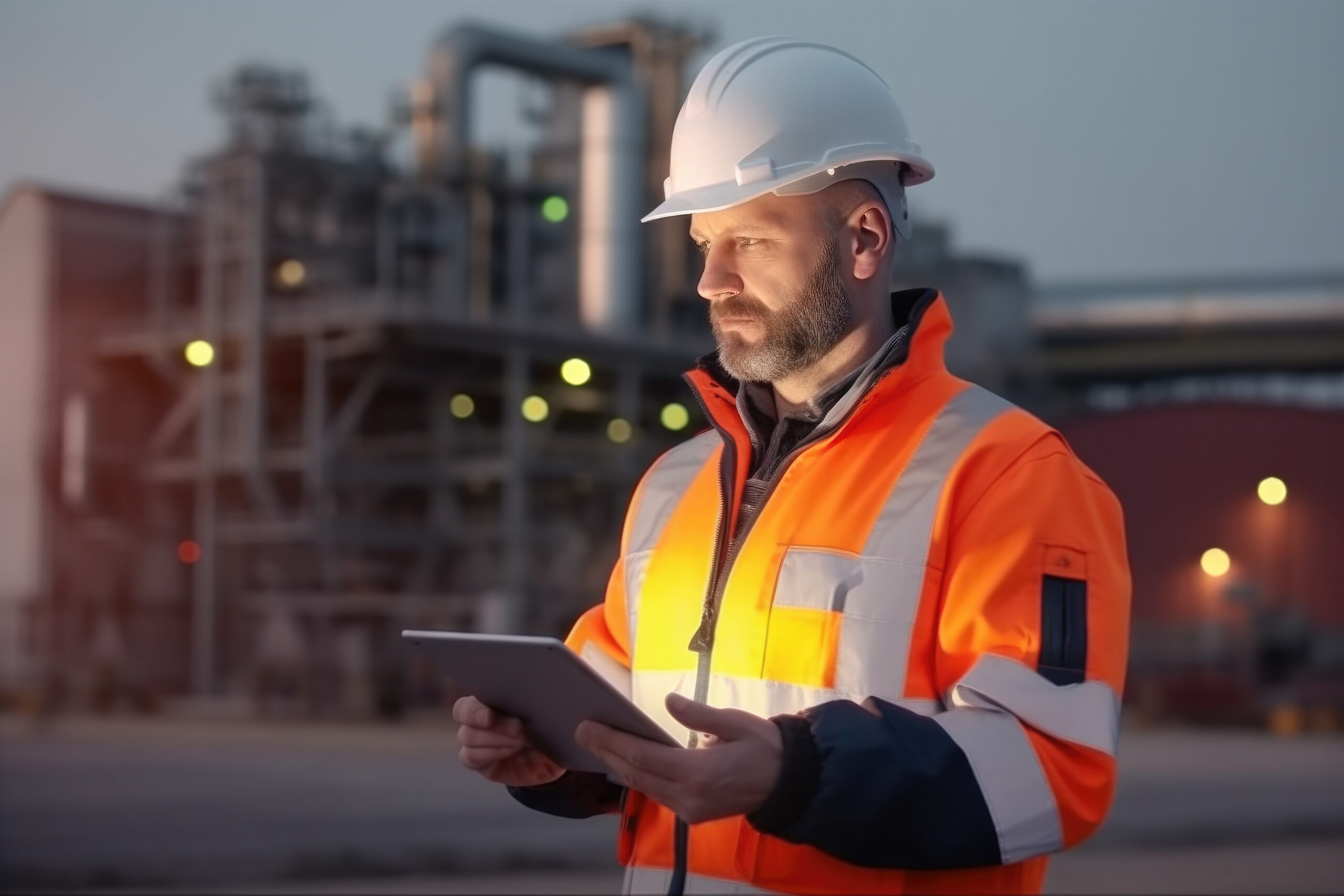
Methane – The Elephant in the Room
As environmental imperatives get more emphasis on a daily basis, the time for responsible stewardship is well and truly upon us.
The oil and gas industry has pivoted significantly in recent years, with attention turning to Carbon Capture and Hydrogen projects. Those are essential ingredients for the industry’s future viability, but here and now, there’s an equally pressing problem: Methane.
There have been satellites before that can measure methane from space and have painted an unhappy picture of methane emissions, but without enough data and precision to take decisive action. In February of 2024, however, MethaneSat was launched – a satellite with a resolution of 8 meters x 8 meters, able to see global methane emissions with a hitherto unheard-of accuracy.
Although it’s unlikely the data produced will be sufficient to pinpoint smaller leaks and emissions from flaring or even venting activities with enough accuracy to rely on per-se, it’s got the industry rattled enough to tighten up the self-regulation already in place, and to look at new ways to measure and precisely quantify methane emissions.
That’s where Fluenta comes in. Flare gas measurement doesn’t just enable operators to report emissions for taxation purposes as required by their various regulators. Accurate measurement enables visibility as to leakage through mass balance calculations and ultimately to combustion efficiency and ‘Methane-Slip’, or the amount of methane that escapes the flare stack unburned due to wind dilution at the flare tip and other factors.
Of course, one of the characteristics of flare gas is that the gas composition can vary wildly and very quickly according to the operating conditions at the time. Various attempts have been made to combine flare gas flow velocity data with assumed gas compositions to model combustion, but these are often flawed or require measurement that isn’t available—and they’re expensive.
The Fluenta Solution
Fluenta is working on a system which will be ready for first-stage test deployment before the end of 2024, which takes this to another level. We are aiming to take Methane in-process measurement and combine it with our market-leading flow velocity data to enable just the kind of mass-balance calculations that can drive investment in gas recovery systems, and the best news is that it can be retro-fitted to most existing installations. There’s a development roadmap that encompasses active flare management and flare-stack modelling and drives pinpoint accuracy in calculating Destruction and Combustion efficiencies.
There’s little doubt in which direction the regulation around methane is heading. Even without the fiscal policies to drive commercial change, the attitudes towards environmental stewardship expected of our industry and its investors have driven many leading multinationals to adopt extra-legal frameworks such as OGMP 2.0 and a wide range of global industry pledges.
We’re committed to providing a complete toolkit for meeting these pledges and regulations. If you want to be part of the cleaner future and help define the narrative instead of just playing catch-up, drop us a message, and let’s talk about how, together, we can maintain energy security while being both responsible and forward-looking.
Learn about our Emissions Monitoring Solution



